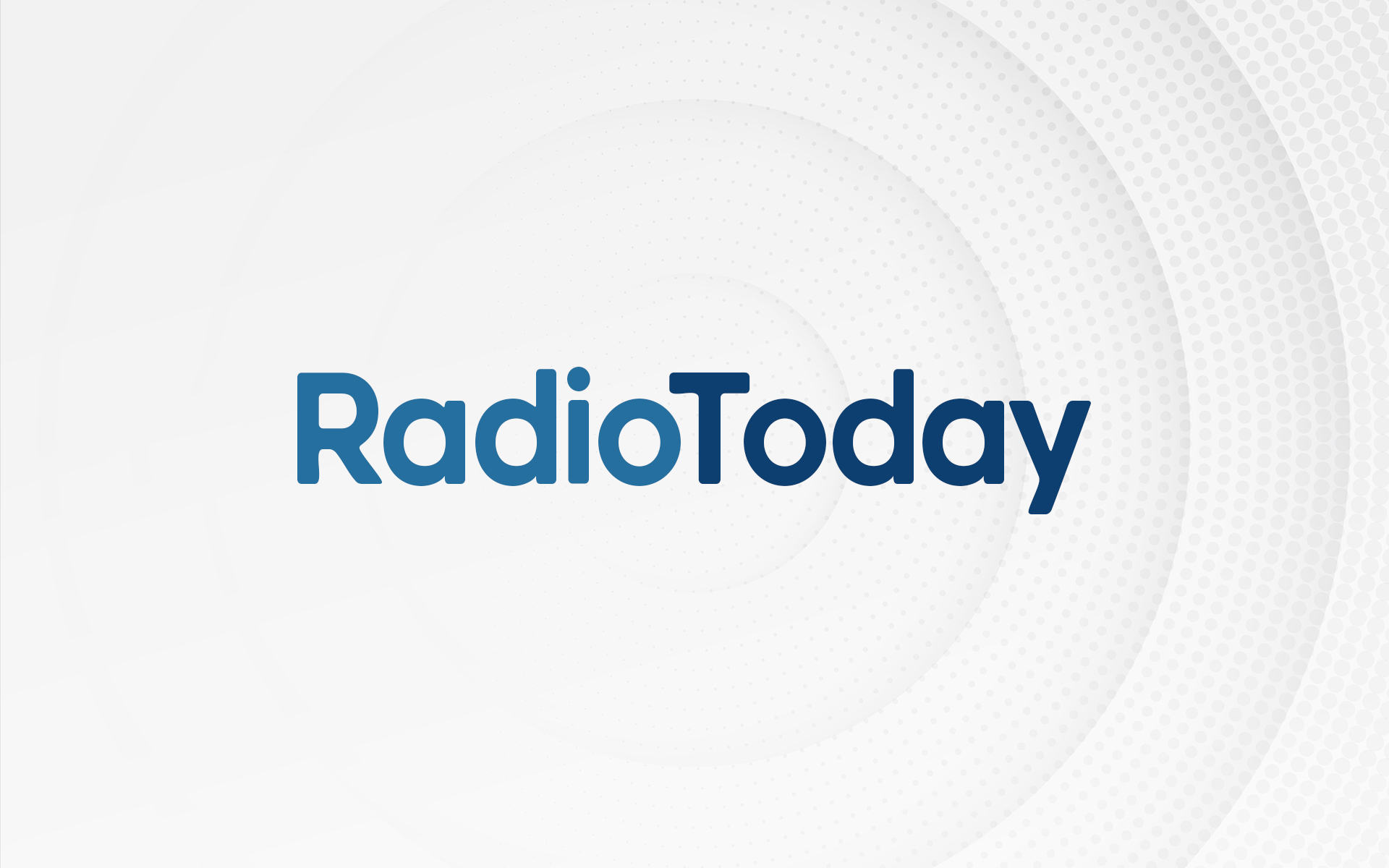
Ofcom has launched a consultation to seek the industry and public’s views on how best to improve DAB coverage to match that of FM ahead of digital radio switchover.
The regulator has come up with a number of predictions for what future transmitter networks might have to look like in order to achieve different coverage scenarios.
 As part of the research ahead of the consultation – which will feed into the government’s Digital Radio Action Plan – Ofcom has looked a defining ‘editorial areas’ for local stations, since the current multiplexes do not geographically match up with every single radio station’s current FM coverage area.
As part of the research ahead of the consultation – which will feed into the government’s Digital Radio Action Plan – Ofcom has looked a defining ‘editorial areas’ for local stations, since the current multiplexes do not geographically match up with every single radio station’s current FM coverage area.
They’ve also looked at the way in which FM coverage is measured. This is currently officially based on signal strengths using a roof-mounted aerial, when actually most people listen on sets with built-in aerials these days – or in-car.
The consultation document proposes three main scenarios for providing local DAB coverage that will match the composite coverage currently provided by (often completely separate) FM transmitters. In Manchester, given as an example case study, the report looks at the FM coverage of BBC Radio Manchester and Key 103 – then combines the transmission area and assesses how best to get the same coverage on DAB. One option is to re-assign the regional frequencies of the DAB multiplexes around the UK so that power levels can be increased – since neighbouring Manchester and South Yorkshire actually both use the current 11C frequency block. Other options include adding extra DAB transmitters to increase coverage to both households and the road network.
Ofcom say: “Our plans suggest that good DAB indoor coverage can be built to match good FM coverage, even using our very cautious DAB planning assumptions. For roads, our strict measure of good DAB coverage shows lower coverage than good FM, but there are indications that successful in-vehicle DAB reception may not require coverage planned for such a high percentage of locations. Our estimates suggest that even a minor relaxation in the assumptions made would increase coverage by up to ten percentage points. This, together with other possible changes we suggest below, such as further frequency changes, give us confidence that DAB road coverage can be built to match FM.”
Ford Ennals, Chief Executive of Digital Radio UK told Radio Today: “We welcome the publication of Ofcom’s DAB Coverage Plan which is a significant milestone, in the Government-Industry Digital Radio Action Plan, which sets out to propose ways to strengthen and extend the coverage of DAB to FM equivalence both in home and in-car.”
You can read the consultation document in full here. The consultation is open until 5pm on 14 September 2011 and Ofcom says it will publish a statement based on the responses in the final quarter of this year.
The specific questions Ofcom is asking as part of the consultation are as follows…
1.Do you agree with our approach of matching DAB to FM within defined editorial areas? We will seek comments on specific editorial boundaries via separate consultations if and when specific changes are proposed
2. Do you agree with our approach to determining the extent of existing FM coverage, and which of the three field strength levels should be used to define the FM coverage that DAB should match?
3. Do you agree with our approach to determining the extent of existing DAB coverage, and its relation to the approach we take for FM? And in particular, as we consider the emerging issues.
4. Are the assumptions we make about needing to predict DAB in-vehicle coverage for 99% of the time and for 99% of locations the right ones?
5. Should the principle of merging editorial areas be explored, as a way of improving coverage?
6. Above and beyond the frequency changes proposed in this document, should further changes to frequency allocations be explored, as a way of improving coverage?

